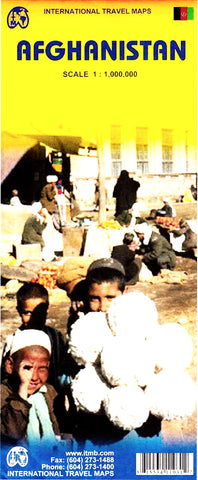- Australia ▾
- Topographic
▾
- Australia AUSTopo 250k (2024)
- Australia 50k Geoscience maps
- Australia 100k Geoscience maps
- Australia 250k Geoscience maps
- Australia 1.1m Geoscience maps
- New Zealand 50k maps
- New Zealand 250k maps
- New South Wales 25k maps
- New South Wales 50k maps
- New South Wales 100k maps
- Queensland 10k maps
- Queensland 25k maps
- Queensland 50k maps
- Queensland 100k maps
- Compasses
- Software
- GPS Systems
- Orienteering
- International ▾
- Wall Maps
▾
- World
- Australia & New Zealand
- Countries, Continents & Regions
- Historical
- Vintage National Geographic
- Australian Capital Territory
- New South Wales
- Northern Territory
- Queensland
- South Australia
- Tasmania
- Victoria
- Western Australia
- Celestial
- Children's
- Mining & Resources
- Wine Maps
- Healthcare
- Postcode Maps
- Electoral Maps
- Nautical ▾
- Flags
▾
- Australian Flag Sets & Banners
- Flag Bunting
- Handwavers
- Australian National Flags
- Aboriginal Flags
- Torres Strait Islander Flags
- International Flags
- Flagpoles & Accessories
- Australian Capital Territory Flags
- New South Wales Flags
- Northern Territory Flags
- Queensland Flags
- South Australia Flags
- Tasmania Flags
- Victoria Flags
- Western Australia Flags
- Gifts ▾
- Globes ▾
Dear valued customer. Please note that our checkout is not supported by old browsers. Please use a recent browser to access all checkout capabilities
India North Borch Folded Laminated Map
$21.95
Afterpay is only available for orders between $50.00 and $1000.00 More info

|
Title: |
India North |
| Detailed Maps: |
India North 1:3 000 000, Delhi 1:30 000, Mumbai 1:30 000, Kolkata 1:30 000, Jaipur 1:30 000, Agra 1:30 000, Varanasi 1:30 000, Amritsar 1:30 000, Jodhpur 1:30 000, Udaipur 1:30 000, Boghgaya 1:15 000, India administrative and time zones
|
| Our soft-laminated folded map of India North in the 6th edition shows: India North 1:3 000 000, Delhi 1:30 000, Mumbai 1:30 000, Kolkata 1:30 000, Jaipur 1:30 000, Agra 1:30 000, Varanasi 1:30 000, Amritsar 1:30 000, Jodhpur 1:30 000, Udaipur 1:30 000, Bodhgaya 1:15 000 and India administrative and time zones. Borch maps are easy to fold, durable and water-repellent with a wipeable surface. Borch Maps show hotels, museums, monuments, markets, public transport, top sights and points of interest, useful statistics, conversion charts for temperatures, weights and measurements, climate charts showing temperatures, sunshine hours, precipitation and humidity, overview maps, time zones, and much more... |
| Northern India is bordered by Pakistan to the west, China, Nepal and Bhutan to the north, and Bangladesh and Myanmar to the east. Hindi and English are the two official languages. After colonisation by Great Britain in the mid-1850s, India achieved independence in 1947, mostly by non-violence. It is home to approx. 1.2 billion people and is richly diverse. This vast country’s northern region is home to it’s capital city, New Delhi, as well as to many pilgrimage centers such as Varanasi, world heritage sites such as the Taj Mahal, many great universities, countless national parks and reserves and breathtaking flora and fauna. Rajasthan is one of India’s most touristically-popular northern provinces, of which Jaipur is the state capital. This area is well known for it’s rich cultural heritage. The Indian people, 80% of whom follow Hinduism, are kind and welcoming. Popular trips for tourists include the Golden Triangle (Delhi, Agra, Jaipur), Dharamsala and the palaces of northern India. Considerations: get vaccinations before you leave, avoid getting too close to Pakistan, never keep your wallet in your back pocket, avoid using your left hand (particularly when eating), avoid inappropriate attire (don’t sunbathe topless) and don’t smoke in public. |










